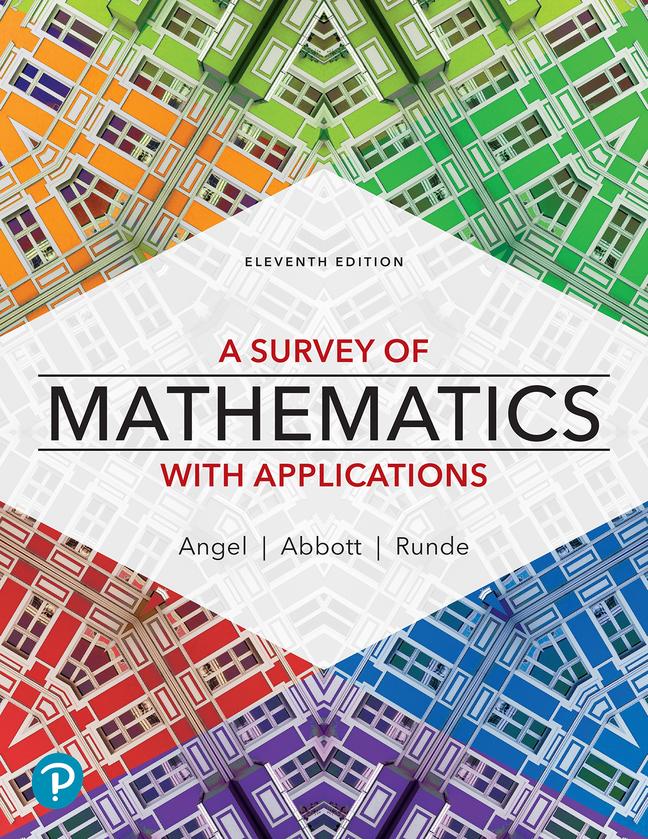Question
2. Given these numbers 13, 22, 409, 7, 13, 6, 13, 13, 4, 25, 12, 7 In Excel (include your spreadsheet in your submission): Calculate
2. Given these numbers
13, 22, 409, 7, 13, 6, 13, 13, 4, 25, 12, 7
In Excel (include your spreadsheet in your submission):
Calculate the mean:
Calculate the median:
Calculate the mode:
- Why was the mean higher than the median or mode?
- Why wouldn't the mean be the best number to represent the central tendency of this group of numbers?
3. Calculate the range, variance, and standard deviation in EXCEL for the SAMPLE below. Then, calculate the range, variance and standard deviation in EXCEL as if the group of numbers was a POPULATION. Upload your spreadsheet to your submission with the calculations from #2 and #3.
13, 22, 409, 7, 13, 6, 13, 13, 4, 25, 12, 7
Range of the sample:
Range of the population:
Variance of the sample:
Variance of the population:
Standard deviation of the sample:
Standard deviation of the population:
Go to
https://www.mathsisfun.com/data/standard-deviation.html
4. From their website,
a. Summarize what variance is.
b. Summarize what standard deviation is.
c. Look at where they showed the formulas for variance and standard deviation. What makes these formulas different?
d. Explain why we need to square distances (scroll all the way down to the Footnote) when calculating variance.
5. With this list of numbers: 13, 22, 409, 7, 13, 6, 13, 13, 4, 25, 12, 7
In Excel,
- calculate the 60th percentile (using percentile.inc)
- the first quartile (using quartile.inc)
- the third quartile (using quartile.inc)
and then D) calculate IQR (interquartile range). From the first and third quartile.
6. Find the outlier formula that uses the IQR to determine if a number is an outlier. Use the formula to mathematically show that there is an outlier in the data set.
13, 22, 409, 7, 13, 6, 13, 13, 4, 25, 12, 7
7. Given this set of numbers: 13, 22, 7, 13, 6, 13, 13, 12, 19, 12, 10
Assume the data set is normally distributed, even if it is not.
Use the empirical rule to calculate the range of values that are 1 standard deviation from the mean. Show your work. Do the same for two and three standard deviations from the mean. Hint:This is very similar to what you did in the discussion.
Step by Step Solution
There are 3 Steps involved in it
Step: 1

Get Instant Access to Expert-Tailored Solutions
See step-by-step solutions with expert insights and AI powered tools for academic success
Step: 2

Step: 3

Ace Your Homework with AI
Get the answers you need in no time with our AI-driven, step-by-step assistance
Get Started


